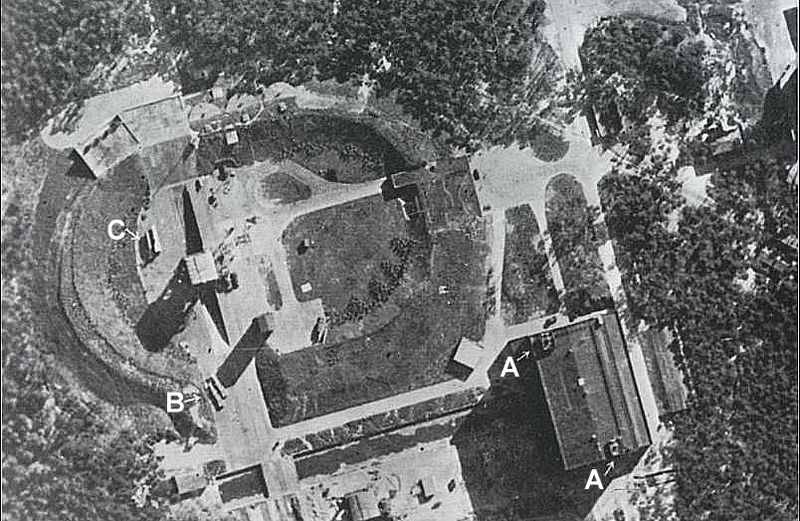File:Peenemunde-165515.jpg
Vai alla navigazione
Vai alla ricerca

Dimensioni di questa anteprima: 800 × 521 pixel. Altre risoluzioni: 320 × 209 pixel | 640 × 417 pixel | 804 × 524 pixel.
File originale (804 × 524 pixel, dimensione del file: 301 KB, tipo MIME: image/jpeg)
Cronologia del file
Fare clic su un gruppo data/ora per vedere il file come si presentava nel momento indicato.
| Data/Ora | Miniatura | Dimensioni | Utente | Commento | |
|---|---|---|---|---|---|
| attuale | 15:00, 25 nov 2013 |  | 804 × 524 (301 KB) | Soerfm | Annotation |
| 09:55, 4 ott 2007 |  | 804 × 524 (274 KB) | CarolSpears | {{Information |Description=An aerial view of Peenemünde, Germany where Konrad Dannenberg designed and tested the first successful rocket launches. |Source=http://www.nasa.gov/centers/kennedy/images/content/165515main_peenemunde.jpg |Date= uploaded ~~~~~ |
Pagine che usano questo file
Le seguenti 2 pagine usano questo file:
Utilizzo globale del file
Anche i seguenti wiki usano questo file:
- Usato nelle seguenti pagine di be.wikipedia.org:
- Usato nelle seguenti pagine di bg.wikipedia.org:
- Usato nelle seguenti pagine di ca.wikipedia.org:
- Usato nelle seguenti pagine di da.wikipedia.org:
- Usato nelle seguenti pagine di de.wikipedia.org:
- Usato nelle seguenti pagine di en.wikipedia.org:
- Usato nelle seguenti pagine di es.wikipedia.org:
- Usato nelle seguenti pagine di fa.wikipedia.org:
- Usato nelle seguenti pagine di fr.wikipedia.org:
- Usato nelle seguenti pagine di pl.wikipedia.org:
- Usato nelle seguenti pagine di pms.wikipedia.org:
- Usato nelle seguenti pagine di pt.wikipedia.org:
- Usato nelle seguenti pagine di ru.wikipedia.org:
- Usato nelle seguenti pagine di sl.wikipedia.org:
- Usato nelle seguenti pagine di th.wikipedia.org:
- Usato nelle seguenti pagine di tr.wikipedia.org:
- Usato nelle seguenti pagine di uk.wikipedia.org:
- Usato nelle seguenti pagine di www.wikidata.org:

